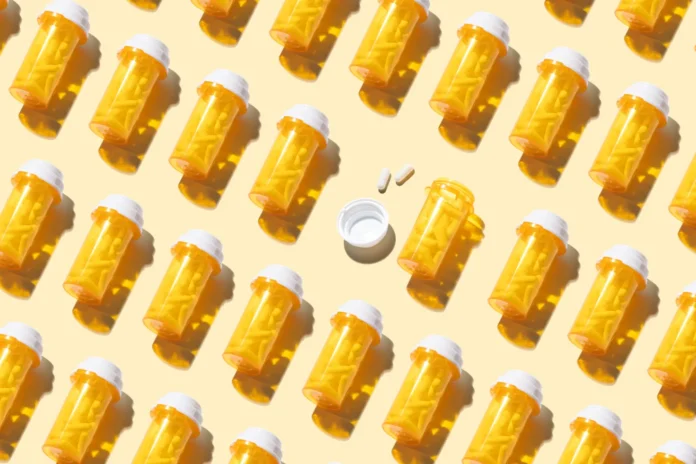Article Excerpt
Long before I knew what Ozempic did — or had read the deluge of stories about the drug’s off-label weight loss promise — I knew the Ozempic song. Set to the tune of the ’70s Pilot hit “Magic,” the song from the ad has permanently imprinted the name of the medication in my brain. That’s the point — it’s probably one of the reasons Ozempic, which was originally developed and is still sold nominally as a diabetes drug, has taken center stage in the current cultural debate over weight-loss medications rather than Wegovy, which is the same drug, made by the same company, but approved for weight loss.
If you are not from the United States (or New Zealand, the only other country that allows drugmakers to market their prescription products directly to consumers), the volume of drug ads on television in America can feel jarring. When Oprah Winfrey’s bombshell interview with Prince Harry and Meghan Markle aired in March 2021, the British tuned in, and many were gobsmacked at the number of drug commercials they saw. “American medical adverts are some real dystopian shit how you gonna tell me I might die,” one person tweeted. “American healthcare truly is a business,” remarked another.
Most consumers in the United States know the names of a litany of pharmaceuticals they’ll never come into contact with or need, thanks to the commercials that fill our airwaves day in and day out. Drugmakers spend some $6 billion on direct-to-consumer advertising each year. The hope, on the part of pharmaceutical companies, is first that people will learn the names of those drugs, and then get more or less a vague idea of what they do or at least what body part or condition they’re associated with. The ultimate goal is for some of those people to decide to go to the doctor and ask about them.
“The real benefits of these drug advertisements is getting people to talk about the drugs,” said Adrienne Faerber, an independent researcher and expert in drug market advertising and regulation. “In this process, nobody is learning anything about these drugs and how they work on the body and whether they’re effective and whether they’re of good value for the money.”
Relevance
As funky and sometimes annoying as these ads are, they do a fantastic job of sticking the name in your head. I can think of at least two different ads now, however the issue is that I have no idea what those drugs are used for, I only remember the weird jingle. I understand the approach of making something that somebody remembers, but there really are no other ads that do such a bad job of getting a point across than these. These marketing companies and pharmaceutical companies also spend so much money on these ads that raise the prices of drugs, when this money could be spend elsewhere.
It is important for a consumer to know what it is that a product does before they make a decision on it. This transparency is especially important in the medical world. Knowing what the drug or medical device that you are using does is very important in maintaining trust. As designers we are to find the line between creativity, storytelling, and effectively communicating what it is that a product does.
Sources
Stewart, E. (2023, February 9). The bizarre americanness of prescription drug commercials. Vox. https://www.vox.com/23583280/prescription-drug-ads-commercials-ozempic-humira-fda




